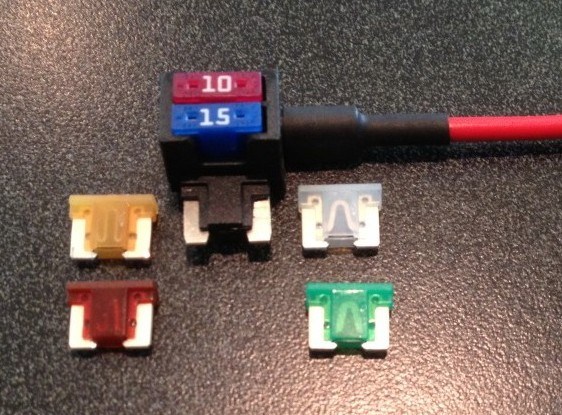peterharvey
Active Member
- Joined
- Sep 3, 2016
- Messages
- 190
- Reaction score
- 54
- Country
- Australia
Thanks SG USA.
I'll check them with my multi-meter.
I'll check them with my multi-meter.
Thanks SG USA.
I'll check them with my multi-meter.

5Amp fuse will be fine.


If I am connecting two (2) SG9665GC V3's [one front and one rear] to the one fuse, would it be even safer to use a 4 Amp violet, or even a 3 Amp pink fuse?


Or best stick to the 5 Amp orange low profile mini fuses?

Because doesn't the SG9665GC V3's run at 12V x 1A each for 12 Watts per dash cam.
Two dash cams would use 2 Amps of current in total???
Or do they run at 5V and 1A each, for an equivalent of 12V and 0.416A each at the car battery end????
Wouldn't a larger 5 amp fuse allow much higher current to cause greater damage if current overload occurs, while a 3 or 4 amp fuse would stop the high current much earlier on?
what happens if you reach 30A and it still blows? stick a 50A in?I use a two amp fuse for running two SG cams and it's fine. I'd rather start low and work my way up as it's only the price of a fuse if it blows.
Does anyone know what is the exact current draw of one SG9665GC dash cam at 12 volts?
You are way overthinking this.
